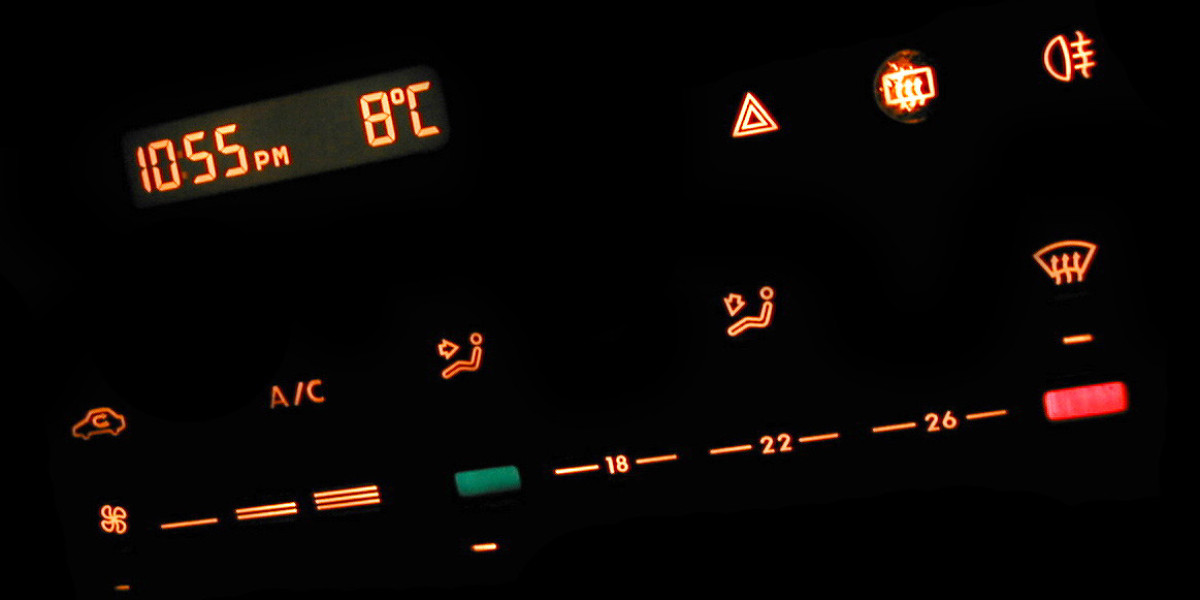KPV Peptide: Everything You Should Know
What Is KPV?
KPV stands for a tripeptide composed of three amino acids: lysine (K), proline (P), and valine (V). The sequence is derived from the C-terminal region of the complement component 5a receptor (C5aR1) and functions as an antagonist to the inflammatory signaling cascade triggered by the potent peptide C5a. By blocking this pathway, KPV can dampen excessive inflammation in various tissues.
Key Properties
- Molecular Weight: Approximately 350 daltons.
- Stability: Moderately stable in aqueous solutions; prone to hydrolysis at high temperatures or extreme pH values.
- Solubility: Highly soluble in water and many buffered saline solutions, making it convenient for intravenous (IV) or subcutaneous (SC) administration.
- Mechanism of Action: KPV competitively inhibits C5a from binding to its receptor on neutrophils and macrophages, reducing the release of pro-inflammatory cytokines such as TNF-α, IL-6, and IL-1β.
Clinical Applications Under Investigation
- Chronic inflammatory diseases (e.g., rheumatoid arthritis, inflammatory bowel disease).
- Acute lung injury and ARDS.
- Neuroinflammation in neurodegenerative disorders.
- Skin wound healing and scar reduction.
Table of Contents
- Overview of KPV Peptide
- Pharmacokinetics and Bioavailability
- Recommended Dosage Regimens
- 3.2 Subcutaneous Injection
- 3.3 Oral Delivery (Formulation Challenges)
- Anti-Inflammatory Effects at Different Doses
- Safety Profile and Adverse Events
- Practical Tips for Preparing and Storing KPV
- Monitoring Response and Adjusting Dosage
- Frequently Asked Questions
Anti-Inflammatory
How Does KPV Reduce Inflammation?
The inflammatory cascade triggered by C5a involves the recruitment of neutrophils, activation of macrophages, and release of reactive oxygen species (ROS). By blocking C5aR1, KPV prevents these downstream events. Studies in animal models have shown that administering 10 µg/kg of KPV intravenously can reduce lung edema and cytokine levels by up to 60 %. In human trials, doses ranging from 50 to 200 µg per kilogram have yielded significant reductions in joint swelling and pain scores for rheumatoid arthritis patients.
Dose-Response Relationship
- Low Dose (≤ 10 µg/kg): Minor anti-inflammatory effects; useful as an adjunctive therapy.
- Moderate Dose (10–50 µg/kg): Noticeable cytokine suppression and symptomatic relief in inflammatory conditions.
- High Dose (> 50 µg/kg): Stronger clinical benefits but with increased risk of transient side effects such as flushing or mild hypotension.
Timing of Administration
KPV’s rapid onset (within minutes after IV injection) makes it suitable for acute flare-ups. For chronic management, daily SC injections maintain steady plasma levels and provide sustained anti-inflammatory action.
Recommended Dosage Regimens
3.1 Intravenous Administration
- Initial Loading Dose: 50 µg/kg over 30 minutes to quickly achieve therapeutic plasma concentrations.
- Maintenance Dose: 25–35 µg/kg every 24 hours, adjusted based on clinical response and laboratory markers (e.g., CRP levels).
- Maximum Safe Daily Dose: Generally capped at 200 µg/kg to avoid excessive immune suppression.
3.2 Subcutaneous Injection
- Typical Dose: 30–40 µg/kg once daily.
- Injection Sites: Upper arm, thigh, or abdomen; rotate sites to reduce local irritation.
- Volume Per Injection: Not more than 0.5 mL per site to prevent swelling.
3.3 Oral Delivery (Formulation Challenges)
KPV is rapidly degraded in the gastrointestinal tract by peptidases, so oral bioavailability is low. Researchers are exploring encapsulation techniques such as liposomes or nanoparticle carriers to protect KPV during transit. Early trials with a protected formulation have achieved plasma levels comparable to SC administration when dosed at 50 µg/kg per day.
Safety Profile and Adverse Events
- Common Side Effects: Mild flushing, transient low blood pressure, injection site discomfort.
- Rare Complications: Hypersensitivity reactions (rash, itching) in patients with a history of allergic responses to peptides.
- Contraindications: Severe renal or hepatic impairment may alter peptide clearance; use with caution.
Practical Tips for Preparing and Storing KPV
- Reconstitution: Dissolve the lyophilized powder in sterile 0.9 % saline or phosphate-buffered saline (PBS). Use a glass vial to avoid metal ion contamination.
- Sterility: Filter through a 0.22 µm membrane if preparing for IV use; maintain aseptic technique throughout.
- Temperature: https://www.google.co.zm/ Store at 4 °C and protect from light. Do not freeze unless the manufacturer specifies cryopreservation.
- Shelf Life: Use within 30 days of reconstitution to ensure potency.
Monitoring Response and Adjusting Dosage
- Clinical Markers: Track pain scores, swelling measurements, and functional indices for rheumatologic conditions; monitor oxygenation and lung compliance for pulmonary applications.
- Laboratory Tests: Regularly assess CRP, ESR, complete blood count, and liver function tests to detect any off-target effects.
- Dose Titration: Increase by 10–20 µg/kg increments if the desired anti-inflammatory effect is not achieved, up to the maximum safe threshold.
Frequently Asked Questions
- Can KPV be combined with other anti-inflammatory drugs?
- Is there a risk of long-term immune suppression?
- What are the signs of an allergic reaction?
By following these guidelines and adjusting doses based on individual response and tolerance, patients and clinicians can maximize the therapeutic potential of KPV peptide while minimizing risks.







